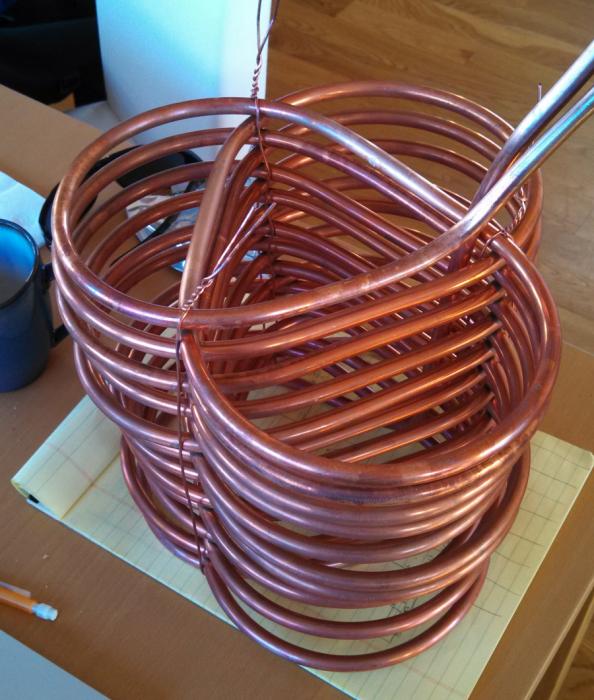I have seen some discussion on this topic, and would like to find out where everyone stands on this. I made my wort chiller (3/8" 20'), which is currently loosely coiled, with around 1 inch gap between each coil. In my mind, this allows for more surface contact with the wort, when moving it around in the brew pot, which equates to a quicker cool down.
When looking at wort chillers on the market today, the all seem to be tightly coiled with little or no gap between the coils.
Is there any reason to believe that one style of chiller is more effective than the other. What are your thoughts?
When looking at wort chillers on the market today, the all seem to be tightly coiled with little or no gap between the coils.
Is there any reason to believe that one style of chiller is more effective than the other. What are your thoughts?




